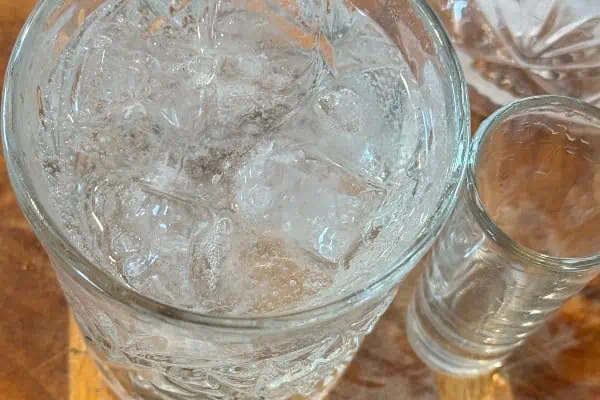With harvest in full swing, I am often asked for suggested uses of herbs other than drying or freezing.
To enjoy your herbal harvest year-round, I like to keep a selection of herbal vinegars on hand.
To make herbal vinegar, gather herbs early in the day before the sun has a chance to bake the plants’ essential oils. Wash and dry your fresh herbs thoroughly.
Fill a clean quart jar that has been sterilized in hot water, with the herb leaves: glass spaghetti sauce or salsa jars work great. Then pour warm vinegar, not hot, over the herbs, filling the glass jar.
Be sure that the fresh herbs are completely covered by the vinegar. This will produce concentrated vinegar that may or may not be diluted with more vinegar or water, later on. Seal the jar and allow it to sit in a cool place for three or four weeks to mingle the flavours. It helps to shake the jar every couple of days to blend the herbs.
Use glass or plastic lids as they work better than metal, which will corrode after awhile. Or you can use a double layer of plastic wrap or a rubber ring as a barrier; just be careful not to spill any of the vinegar as you shake the jars.
Use vinegar that has at least five per cent acidity; white distilled vinegar works well with most herbs, but I like to use good-quality white- or red-wine vinegar.
There are two methods to warm the vinegar: the easiest is to allow it to sit in the sun or at room temperature for about 20 minutes. It can be warmed on the stove, but be careful not to let it boil.
You can experiment with combinations of herbs or only use one variety.
To make a flavourful blend, try the following:
Thyme, rosemary and garlic cloves, lemon zest and black peppercorns
Opal, basil and tarragon are good used alone (opal-basil vinegar will take on a ruby colour)
Lemon balm, nasturtium and dill
Sage, thyme and basil (in equal amounts) and one sprig of rosemary
Or try making garden vinegar with one sprig of herbs you have on hand such as dill, basil, cilantro, thyme, marjoram, chives and rosemary
After the three- to four-week steeping process is over, strain vinegar through cone-shaped paper coffee filters and pour into clean, sterilized bottles. Cork tightly and label.
To make a savoury salad dressing, use one part herbal vinegar to two parts good-quality olive oil.
Herbal vinegar can also be used in any dish that calls for vinegar. Marinate chicken or turkey in lemon-basil vinegar for a tasty treat. Throw some into soups or sauces for a subtle change. Sprinkle on meats as they are cooking to add a different flavour. You can also add fresh lemon or orange peel to the herbal vinegars for added zest. Experiment!
For gift giving, use raffia to tie a bow around your bottle and attach a home-made gift tag.
The satisfaction derived from seeing an assortment of herbal vinegars in your cupboard is almost matched by the satisfaction of growing your own herbs.
Ingrid Wilcox operates Lubbock Garden and Floral Consultant and offers gardening, greenhouse and flower-arranging workshops. Contact her at [email protected].




